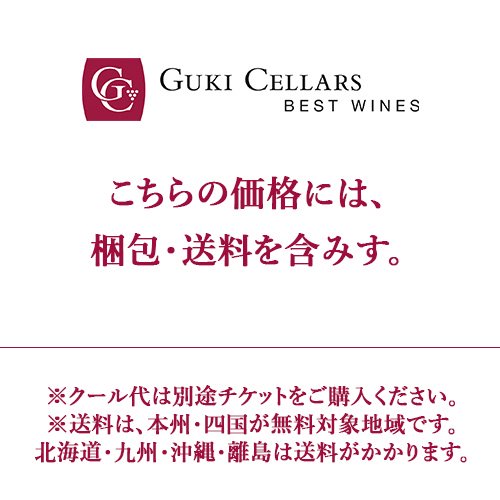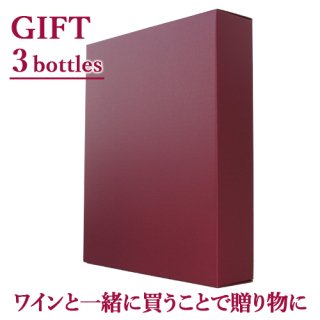Germany
-
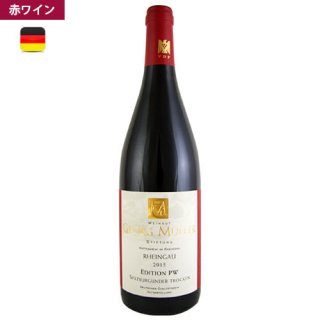
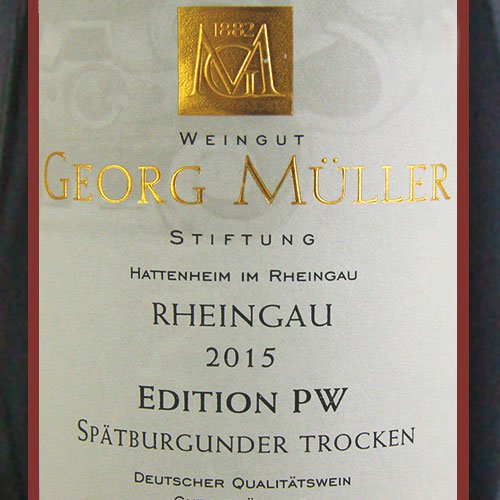
00149-15 2015
エディション・ペーター・ヴィンター
Georg Müller Estate - Edition PW
送料無料 (本州・四国)4,487円(内税) -
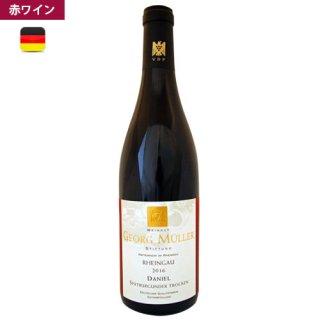

00151-16 2016
ゲオルグ・ミュラー・エステイト・ダニエル
Georg Müller Estate- Daniel
送料無料 (本州・四国)5,807円(内税) -


00295-18 2018
ヴュルツブルガー・シュタイン・シルヴァーナー
Hofkeller Estate Würzburger Stein Sylvaner
送料無料 (本州・四国)4,355円(内税) -
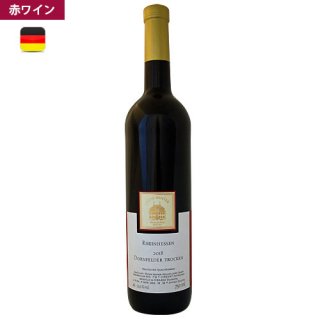

00343-18 2018
ラインヘッセン・ドルンフェルダー
Rheinhessen Dornfelder
送料無料 (本州・四国)2,639円(内税) -
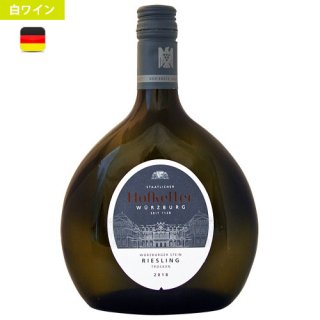

00349-18 2018
ヴュルツブルガー・シュタイン・リースリング
Hofkeller Estate Würzburger Stein Riesling
送料無料 (本州・四国)4,355円(内税) -
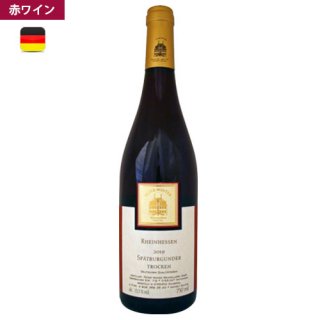

00279-19 2019ペーター・ヴィンター ラインヘッセン・シュペートブルグンダーPeter Winter - Rheinhessen Spätburgunder
送料無料 (本州・四国)2,758円(内税) -
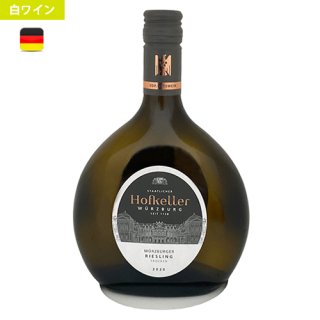

00337-20 2020
ホフケラー・エステイト・リースリング
Hofkeller Estate Riesling
送料無料 (本州・四国)3,431円(内税) -
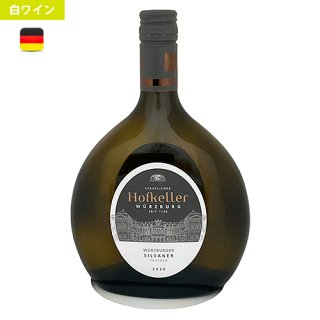

00338-20 2020
ホフケラー・エステイト・シルヴァーナー
Hofkeller Estate Sylvaner
送料無料 (本州・四国)3,431円(内税) -


00339-20 2020
ホフケラー・エステイト・ミュラー・トゥルガウ
Hofkeller Estate Müller-Thurgau
送料無料 (本州・四国)3,431円(内税) -
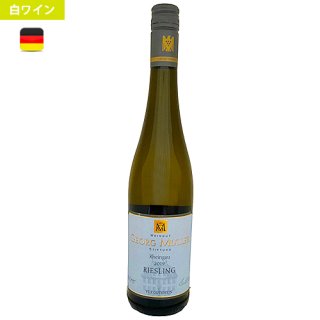

00355-19 2019 ゲオルグ ミュラー シュティフトング・ラインガウ・リースリング
Georg Muller Stiftung Rheingau Riesling
送料無料 (本州四国対象)3,299円(内税) -
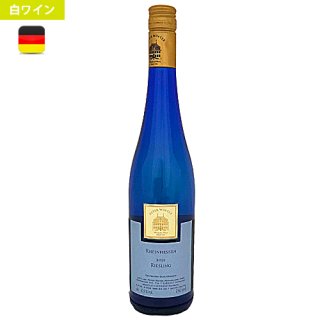

00356-21 2021 ぺーター・ヴィンター・ラインヘッセン・リースリング
Peter Winter Rheinhessen Riesling
送料無料 (本州・四国)2,507円(内税) -
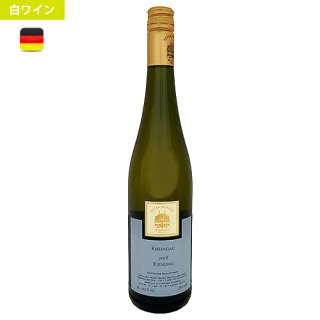
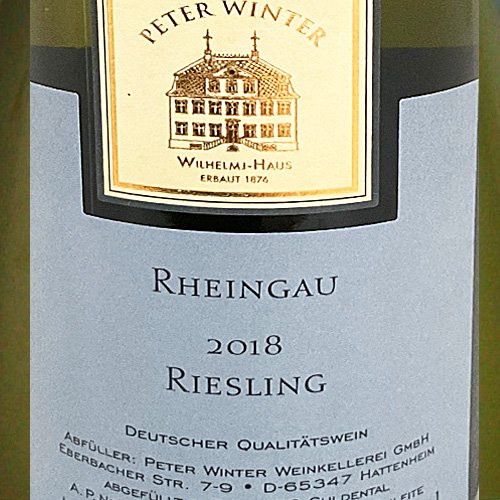
00357-18 2018 ペーター・ ヴィンター・ラインガウ・リースリング
Peter Winter Rheingau Riesling
送料無料 (本州・四国)2,969円(内税) -
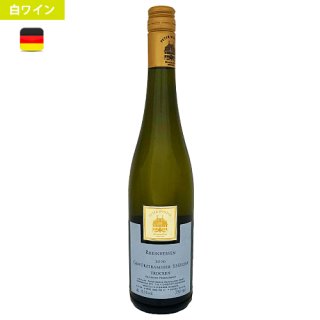

00358-20 2020 ペーター・ヴィンター、ラインヘッセン・ゲヴュルツトラミネール、シュペトレーゼ
Rheinhessen Gewurztraminer, Spätlese
送料無3,101円(内税) -
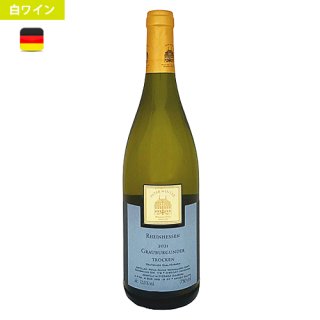
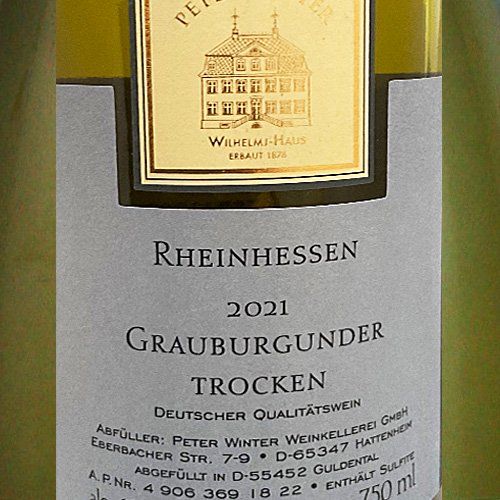
00359-21 2021 ペーター・ヴィンター、ラインヘッセン・グラウブルグンダー(ピノ・グリ)
Rheinhessen Grauburgunder (Pinot Gris)
送料無料 (本州・四国)3,101円(内税) -
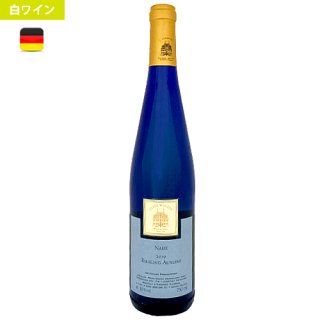
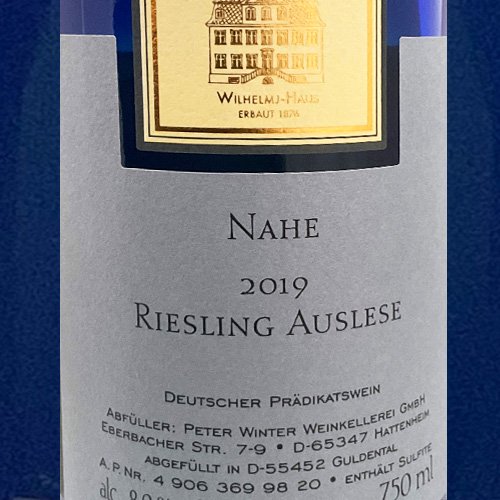
360-19 2019ペーター・ヴィンター、ナーエ、リースリング・アウスレーゼ
Peter Winter, Nahe, Riesling Auslese
送料無料 (本州・四国)3,563円(内税) -
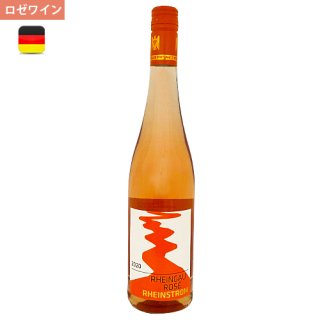
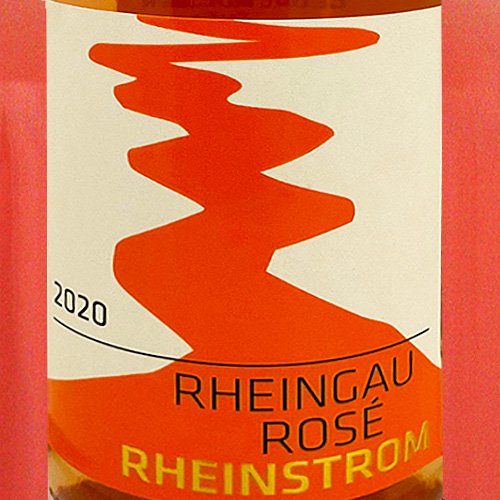
00366-20 2020 ゲオルグ・ ミュラー・ シュティフトング、ラインストーム・シュぺートブルグンダー、ロゼ
Rheinstrom Spatburgunder, Rosé
送料無料2,969円(内税) -


00344-16 2016 ラインガウ・シュペートブルグンダー
Rheingau Spätburgunder Villa Wilhelm2,969円(内税)

ドイツでのブドウ栽培はローマ時代に遡り、紀元前70年頃からほぼ確実に栽培が始まりました。ローマ人兵士たちは、ローマ帝国の境界線であるライン川の西側に駐屯していました。紀元前20年頃、ローマ人がドイツで一番古い都市、トリア (有名なワイン生産地でもあるモーゼル川沿いに位置)を築きました。ブドウ栽培とワイン製造はローマ技法を基本としていました。ローマ人が開発したポールと横棒で構成される”Kammerbou (カマバウ)” トレリスシテム(ブドウの仕立て方)は18世紀までドイツの一部地域でずっと使われていました。チャールズ大帝 (742~814年)の時代まで、ドイツのブドウ栽培はライン川の西側に限られていました。大帝が東側(今は有名なラインガウ地方)でのブドウ栽培に着手したと言われています。
この時代から中世末期までに、ブドウ栽培地域は拡大されました。根本的にブドウ栽培地方は昔から変わっていませんが、1500年頃までブドウ畑で覆われていた土地は、今日ブドウ畑として使用されている面積の4倍以上でした。教会が一番広く良いブドウ畑を多数所有し、最も条件の良い土地を畑として開墾し、上等なワインを数多く生産しました。ナポレオン支配下で1800年頃、教会所有の土地の脱宗教化が行われ、今日でも有名なところが多いのですが、結果的に個人所有エステイトの構築が行われました。
北方気候のため、ドイツワインは、ほとんど全て渓谷の急斜面で育つブドウに由来します。そこでブドウは十分に太陽光に当たり、寒気から守られます。例えば、白ワイン用としてリースリング、シルヴァーナー、エルブリング、トラミーナ、また赤ワイン用としてピノ・ノワールなと、今日使用されているブドウの種類の多くはすでに中世期中に普及しました。少し前まで、ドイツワインはほとんど白ワインで、赤ワインは15%以下でした。しかし、今日では以前よりもっと多くの赤ワインが生産され、今では総生産量の3分の1ほどになりました。フランス、イタリア、スペインのブドウ畑の10%に相当する100,000 ha でドイツはブドウを栽培しています。年間に10~13億本のワインを生産し、ドイツは生産量で世界第8位です。テロワールが上質ワイン製造の主要な要素であるという見解に基づいているフランスAOC制度と違って、ドイツAP認可制度は、ワインの認可に先立って、仕上がったワインが第一段階として地方の規定に適合し、その次に分析検査、その後、視覚・嗅覚・味覚検査を受けることを義務付け、合格すると格付けがAP公認検査番号の形で与えられます。
ドイツ白ワイン、特にリースリングワインは有名で、エレガントでキリッとした辛口ワインからバランスの良い中甘口、さらにアロマティックで濃厚な深みのある甘口ワインとさまざまで、独特な味覚とスタイルで最も良く知られています。ドイツのリースリングワインは世界のリースリング生産のほぼ3分の2になります。ほとんどのドイツワインは若いうちに飲まれますが、シュペトレーゼ、アウスレーゼ、ベーレンアウスレーゼ、トロッケンベーレンアウスレーゼ、アイスヴァインのような格付けの高い上質ワインは長年保存することができます。それらの中には100年経っていると言われているものもあります。ドイツの赤ワインはあまり良く知られていませんが、一番良いシュペートブルグンダー(ピノ・ノワール)ワインは、バーガンディーの最高のワインと良い意味で肩を並べています。ドイツのエステイトは小さく、10 haがすでに十分な大きさの土地と見なされています。1つのエステイトが異なった場所にいくつものブドウ畑を所有しているので、多様なワインが提供できます。多くのブドウ畑は、いくつかのエステイトで分割されています。ドイツワインは、エステイトの所有者の上質なワイン造りに賭ける資質と情熱に見合う、極めて個性的な仕上がりです。
ドイツでも最も一般的なワイン銘柄をつける方法は、単一畑(該当する場合)の名前を用いるか、醸造者たちにその地域のワインをブレンドするのを許可しているグロースラーゲ(集合畑)の名前を用いるかです。どちらの場合も、村名は畑名の前に置かなければなりません。村名の後にのみワイン名が許可されていますが、ドイツではワイン名は一般的ではありません。地方や地域呼称を使用することも許可されていますが、一般的でなくほとんど使われていません。ドイツワインの格付けは、テーブル・ワイン、カントリー・ワイン (これらはほとんど造られません)、クヴァリテーツヴァイン(特定産地上質ワイン)が大多数、プレディカーツヴァイン(肩書き付き上質ワイン)と分類できます。プレディカーツヴァインはカビネットで始まり、シュペトレーゼ、アウスレーゼ、ベーレンアウスレーゼ、トロッケンベーレンアウスレーゼ、アイスヴァインと6段階あります。後者の3つは稀な高級ワインで、最初の3つは定期的に製造されていますが、生産量はヴィンテージによります。
ドイツのワインは13の指定地方で造られます。土壌、微気候条件、地域のブドウ栽培のしきたりの違いなどで、各地方のワインはスタイルと特徴が異なります。各地方の詳細情報は下記をご覧ください。
Growing vines in Germany dates back to Roman times starting most probably from about around 70 BC. Romans soldiers were stationed on the western side of the Rhine river which was the border of the Roman empire. Trier, Germany's oldest city (on the Mosel river which is also a famous wine growing region) was founded by the Romans around 20 BC. Vine growing and wine production were based on Roman techniques. The "Kammerbau" trellising system consisting of poles and cross bars developed by the Romans continued to be used in parts of Germany until the 18th century. Until the time of Charles the Great (742-814) vine growing in Germany was confined to the western side of the Rhine. It is said he initiated growing vines on the eastern side (the now famous Rheingau region).
From this time on and until the end of the Middle Ages the vine growing areas expanded. By around 1500 the size of land covered by vineyards was more than four times as big as the size used today even though the vine growing regions remained essentially the same. The Church owned many of the biggest and best vineyards, developed many of the best sites and produced most of the high quality wines. The secularization of the land owned by the Church under Napoleon around 1800 resulted in the creation of the privately owned estates many of which are still famous today.
Due to the northern climate German wines derive almost entirely from grapes grown on the steep slopes of river valleys. Here they are fully exposed to the sun and protected from cold winds. Many of the grape varieties used today were already common during the Middle Ages such as Riesling, Sylvaner, Elbling and Traminer for white wines and the Pinot Noir for red wines. Until not so long ago German wines were almost all white wines with less than 15% being red wines. But today many more red wines are produced than before and which now make up about one third of the total production. Germany grows vines on about 100,000 hectares which amounts to about 10% of the surface of the vineyards in France, Italy or Spain. About 1-1,3 billion bottles of wine are produced annually which puts Germany in the 8th place worldwide. Contrary to the French AOC system which is based on the idea that terroir is the main element in producing quality wines the German AP approval system is based on the idea that each finished wine has first to comply with the regional regulations, then must pass an analytical test and thereafter must pass sensory and gustatory tests before the approval for the wine and the grade is granted (or not) in the form of an AP (Official approval) number.
German white wines and here especially Riesling wines are famous and best known for their unique taste and style which can vary from elegant, crisp and dry wines to well-balanced off-dry style wines and even aromatic and concentrated luscious wines. German Riesling wines account for almost two-thirds of the worldwide Riesling production. Although most German wines are consumed young upper level quality wines such as Spaetlese, Auslese, Beerenauslese, Trockenbeerenauslese and Eiswein can be kept for many years. Some are said to have passed the 100 year mark. German red wines are less well known but the best Spaetburgunder (Pinot Noir) wines compare favourably with the top wines from Burgundy. Estates in Germany are mostly small, 10 hectares are considered already a well sized property. One estate may own several sites in different locations and thus may offer a wide range of wines. Most local sites are parceled among estates. The result is that German wines are very individualistic with the quality depending very much on the resources and passion of the owner.
The most common way to name wines in Germany is either using the name of the single site (if applicable) or using the name of a Grosslage (collective site) which permits vintners to blend the area's wines. In both cases a village name must precede the site's name. Naming a wine after the village only is permitted and exists but is not common in Germany. Using regional or area denominations is also permitted but not being popular is almost never used. German wines are graded and can be Table wine or Country wine (very few of both are made) or Qualitaetswein (Quality wine) the majority, or Praedikatswein (Wine of distinction). The latter grade has several levels starting with Kabinett, followed by Spaetlese, Auslese, Beerenauslese, Trockenbeerenauslese and Eiswein. The latter three are rare and expensive wines, the first three are produced regularly but quantities available depend upon the vintage.
Wines in Germany are produced in 13 designated regions. The wines of the regions differ in style and character because of different soils, microclimatic conditions and regional grape growing traditions. See below for more detailed regional information.











